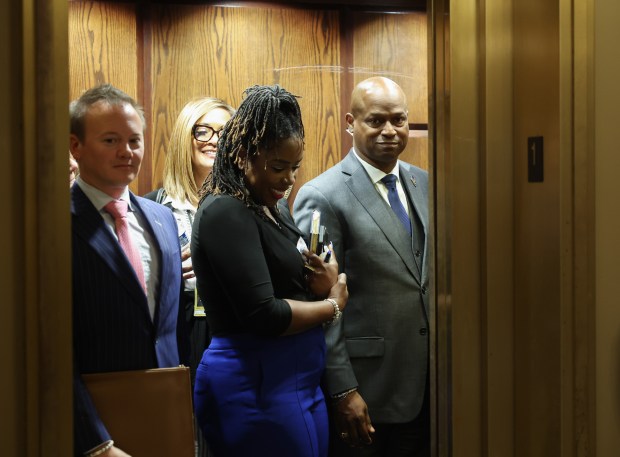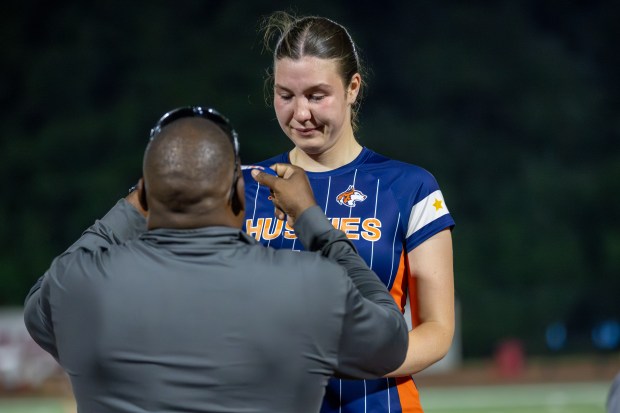Every week we publish a historic photo highlighting a story from Naperville’s past from the history archives of Naper Settlement.
The postal service delivery many of us take for granted was mostly not available to rural residents until 1900. That was the year that Rural Free Delivery, which brought mail to farmers and other rural residents, finally became available.
It wasn’t an easy sell. Although the U.S. Postal Service had been in place since early in our country’s history — Benjamin Franklin was appointed the first postmaster general in 1775 — it took nearly 100 years for mail delivery to be established in urban areas and another 37 for rural delivery.
Until postal carriers started going door to door in 1863 bring mail to residents, people had to go to the post office to pick up their correspondence. People who lived in towns with post offices might make daily trips to not only collect their mail but pick up newspapers and find out what was happening in town. For farmers, it was often a weekly trip.
Naperville’s first post office was established Feb. 1, 1834, in the Pre-Emption House, located where Main Street and Chicago Avenue converge today.
The first rural delivery trial run took place in 1896, when Congress appropriated $40,000 to try it in Charles Town, West Virginia, hometown of Postmaster General William Wilson, and two nearby villages.
Rural delivery proved feasible and popular.
Another 41 routes were tested in 29 states. In Illinois, the test was done in Auburn on Dec. 10, 1896.
During the experimental period between 1896 to 1902, at least 100 families on a proposed route had to submit an application to their congressman for approval.
In Naperville, when rural delivery officially started in 1900, the four routes were handled by John Haas, Ed Paver, Dick Lisson and Benny Burgess. They delivered mail by horse and wagon, each route having about 75 stops over about 25 miles.
By June 30, 1900, there were 1,214 rural routes. Six months later, the number jumped to 2,551.
To assist with delivery, farmers put out everything from pales to crates into which carriers could deposit their mail. It didn’t take long for the postal service to mandate that a standardized box would be required for homes that wanted mail delivery.
In 1905, more 27,000 rural routes were in operation. A year later, the name was changed to rural delivery as the “free” part was assumed.
Thanks to the advent of automobiles, rural delivery routes more than 50 miles long were converted to motorized routes. In Naperville, four rural routes became two.
Letter carriers used their own vehicles and carried additional responsibilities like delivering the weather report and counting the number skunks on an annual basis.
City delivery was established in Naperville in August 1906, only after the post office’s receipts exceeded the mandated $10,000.
In 1961, Route 1 south of Naperville was handled by Reuben Schwartz, who covered 66 miles with 424 boxes. Route 2 north of Naperville was the responsibility of Joseph Miller, who drove 65 miles daily delivering to 493 boxes.
Rural Free Delivery remains one of the largest, most expensive projects the U.S. Postal Service ever completed.
The service even inspired a TV series. “Mayberry R.F.D.” starring Ken Berry debuted in 1968 as a spinoff of “The Andy Griffith Show” and aired for three seasons.
To learn more about Rural Free Delivery, go to about.usps.com/who/profile/history/rural-free-delivery.htm.
Andrea Field is the curator of history at Naper Settlement. For more information, go to www.NaperSettlement.org. Steve Metsch is a freelance reporter for the Naperville Sun.





